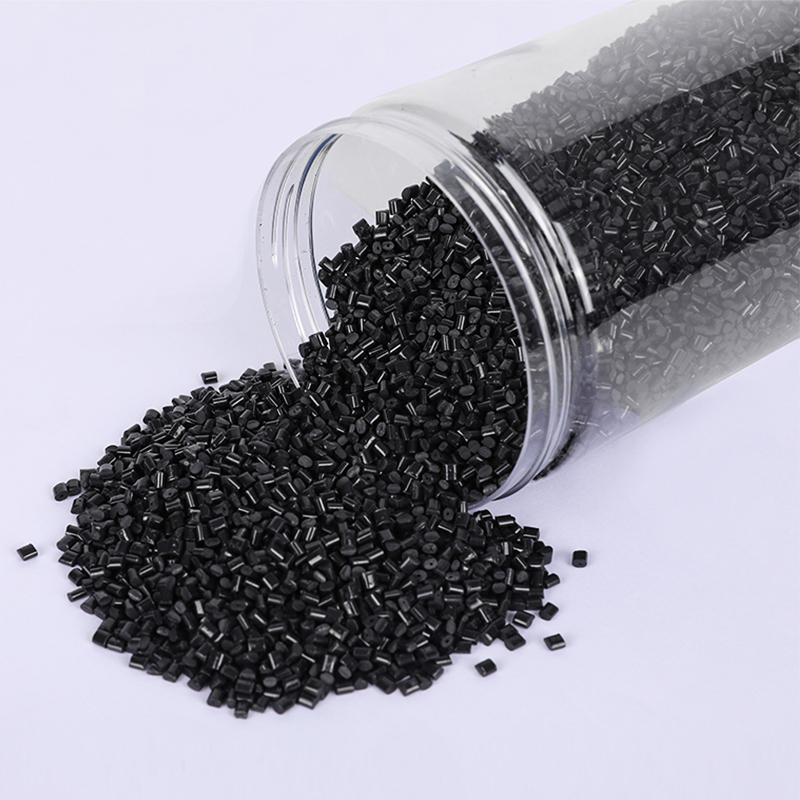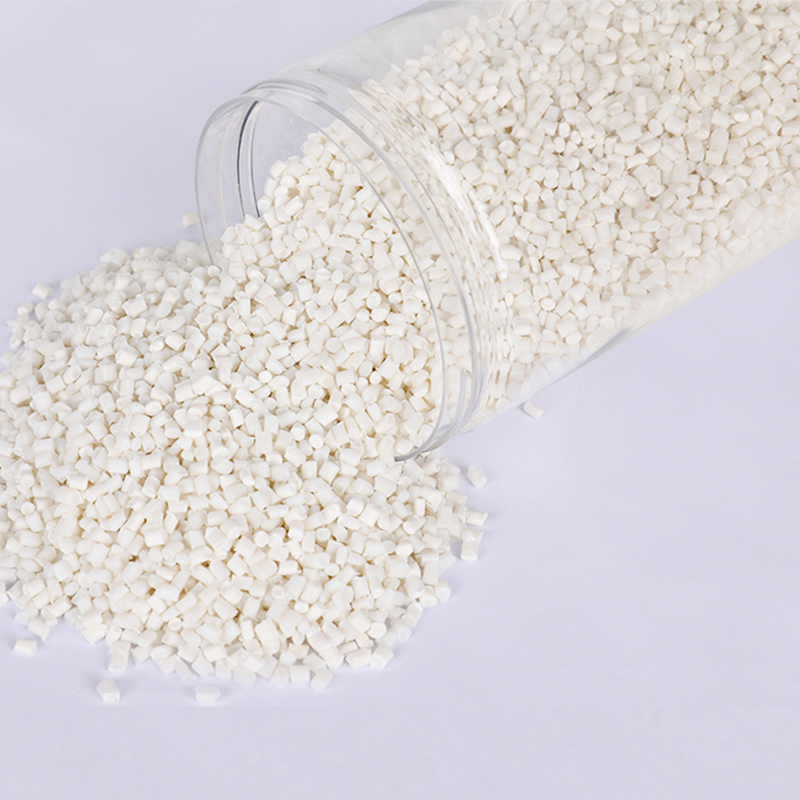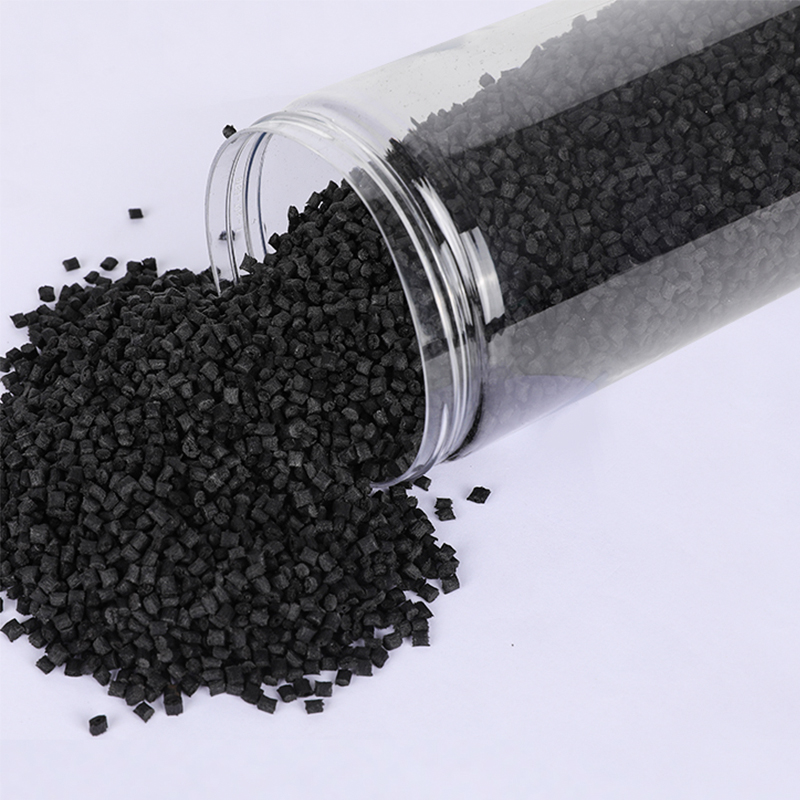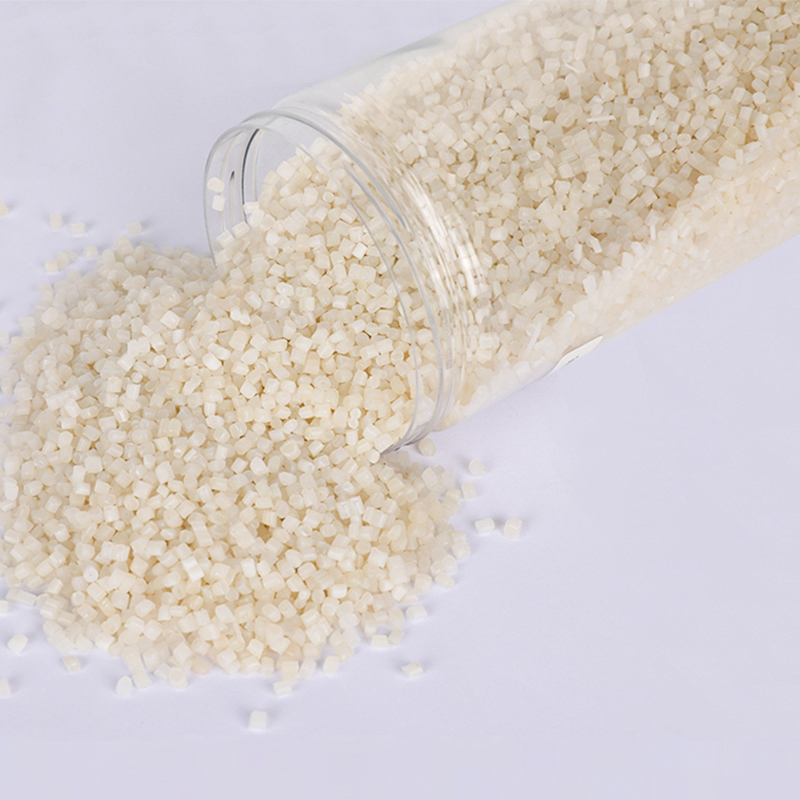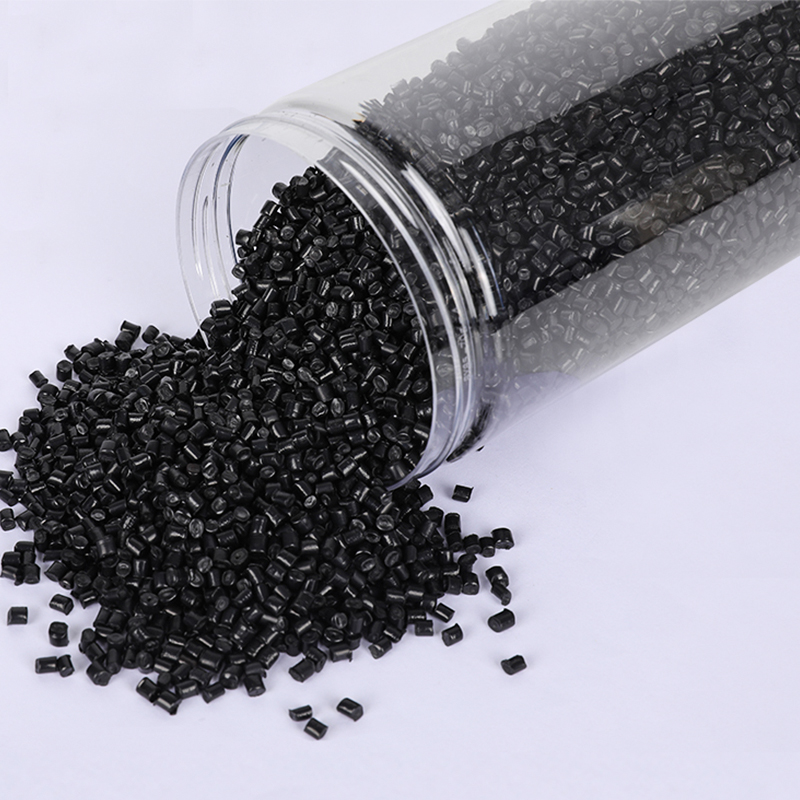Stay up to date with our recent products
Web Menu
Product Search
Exit Menu
How Monomer Ratios Shape ABS Resin Properties and Enhance Performance in Industrial Applications
ABS resin, a popular engineering plastic known for its balanced mechanical and thermal properties, is not a one-size-fits-all material. Its performance characteristics are deeply influenced by the ratio of its three monomers: acrylonitrile, butadiene, and styrene. Each component contributes distinct features to the final product, and tuning their proportions allows manufacturers to tailor ABS to meet the requirements of specific industries. This flexibility is part of what makes ABS—and its sustainable variants like RABS (Recycled ABS Plastic)—so widely applicable across sectors ranging from electronics to automotive.
Acrylonitrile offers chemical resistance, heat stability, and rigidity. When its proportion is increased, the resulting ABS exhibits improved resistance to oils, greases, and a wider range of solvents, making it ideal for technical housings and industrial equipment. However, this often comes at the cost of impact resistance. That’s where butadiene comes in—adding elasticity and toughness. Butadiene-rich ABS variants are commonly used in applications that demand resilience against mechanical shock, such as protective casings and automotive interior parts.
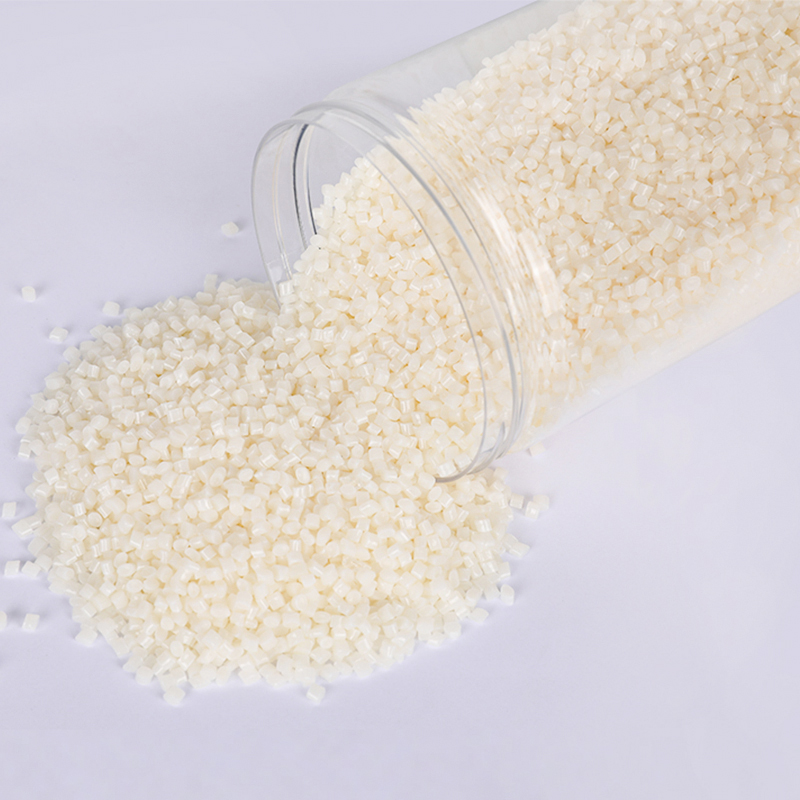
Styrene, the third pillar, provides gloss, rigidity, and ease of processing. A higher styrene content improves moldability and gives the final product a more aesthetically pleasing surface, which is valuable in consumer goods and appliance manufacturing. But if overused, it may reduce overall toughness. The delicate balance among these three components determines whether the ABS will perform better in high-heat environments, deliver superior surface finish, or withstand physical stress.
What many buyers may not realize is that even minor shifts in monomer composition can significantly change processing behavior. For instance, ABS grades with high acrylonitrile content might require more precise temperature control during injection molding to avoid thermal degradation. Understanding this nuance helps manufacturers not only optimize their production but also choose the right grade of ABS—or even RABS—based on the final product’s performance requirements and lifecycle expectations.
This flexibility extends into sustainability efforts as well. With growing interest in eco-conscious manufacturing, the rise of RABS has introduced new dynamics in the balance of properties. Recycled ABS Plastic often involves a reprocessing step that slightly alters the monomer balance or introduces blends with post-consumer materials. This means selecting RABS grades requires even greater attention to formulation, especially for customers looking for consistent mechanical properties without sacrificing environmental responsibility.
From a supplier’s perspective, advising customers on the appropriate ABS or RABS grade isn’t just about selling a product—it’s about helping them achieve durable, efficient, and cost-effective solutions. Whether it's a lightweight component for a textile machine or a glossy panel for a smart home device, understanding monomer ratios gives manufacturers a critical edge in design and material selection. As a trusted exporter and processor, we guide our partners in choosing or customizing ABS grades that strike the right balance for their specific use cases.
As China PCR Recycled Plastic Granules Factory, We always adhere to the experience and philosophy of "keeping up with the times, constantly innovating, developing efficiently, and cooperating for mutual benefit"

Address: No.11, Wangzhuang Section, Provincial Road 01, Daqiao New Area, Economic Development Zone, Haiyan County, Jiaxing City, Zhejiang Province, China
Phone: +86-18058285678
Fax: +86-0573-86868101
E-mail: [email protected]
SUNRISE GROUP(Overseas Exclusive Agent)
www.sunrisechemical.com
2024 ICIS Global Chemical Distributor Top 8
Export Sales Manager:Helen Zhang
Mob/Whatsapp: +86 19883063465
Email: [email protected]
Copyright © Jiaxing Anyiju Plastic Industry Co., Ltd. All Rights Reserved

 简体中文
简体中文 English
English

